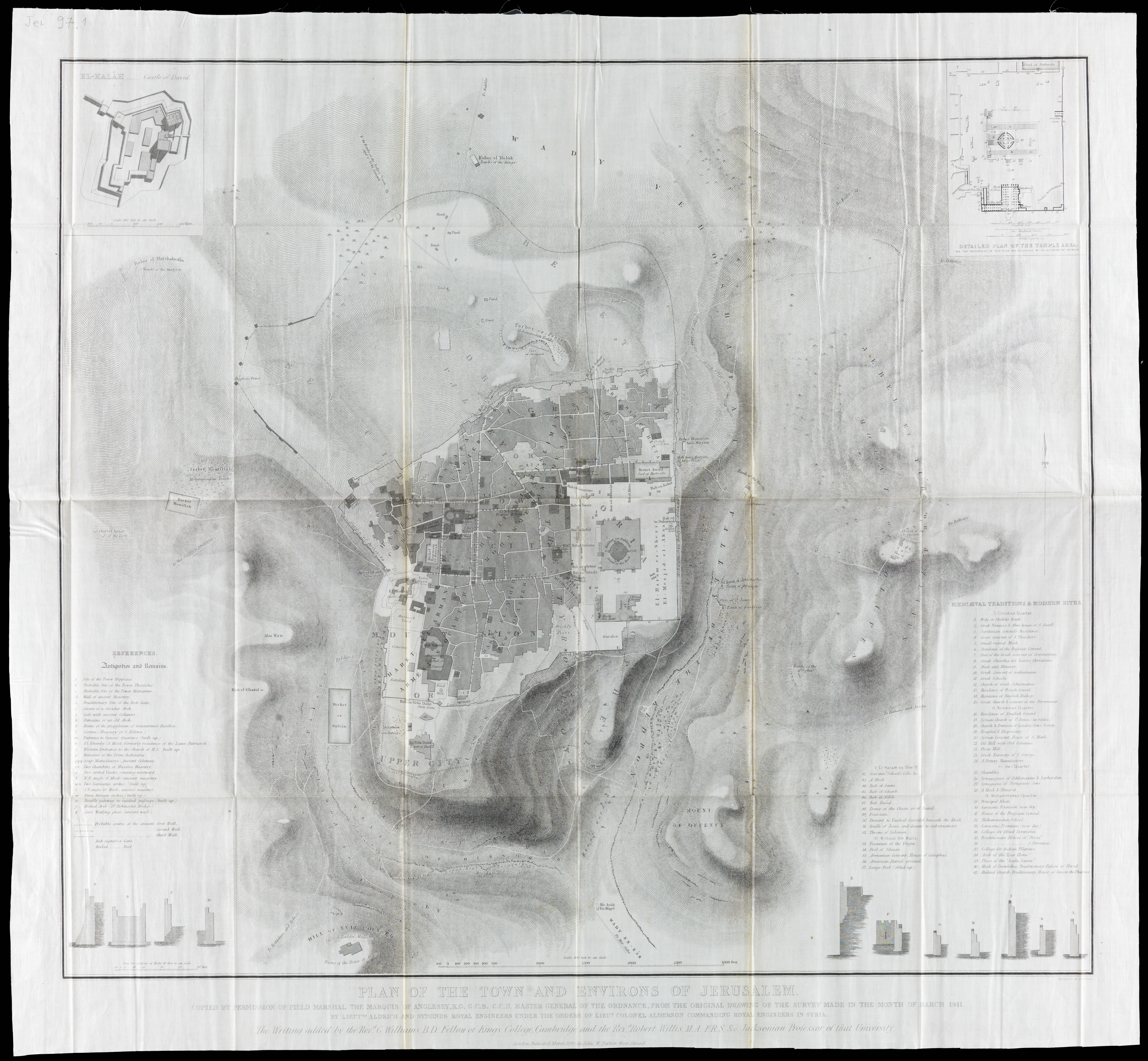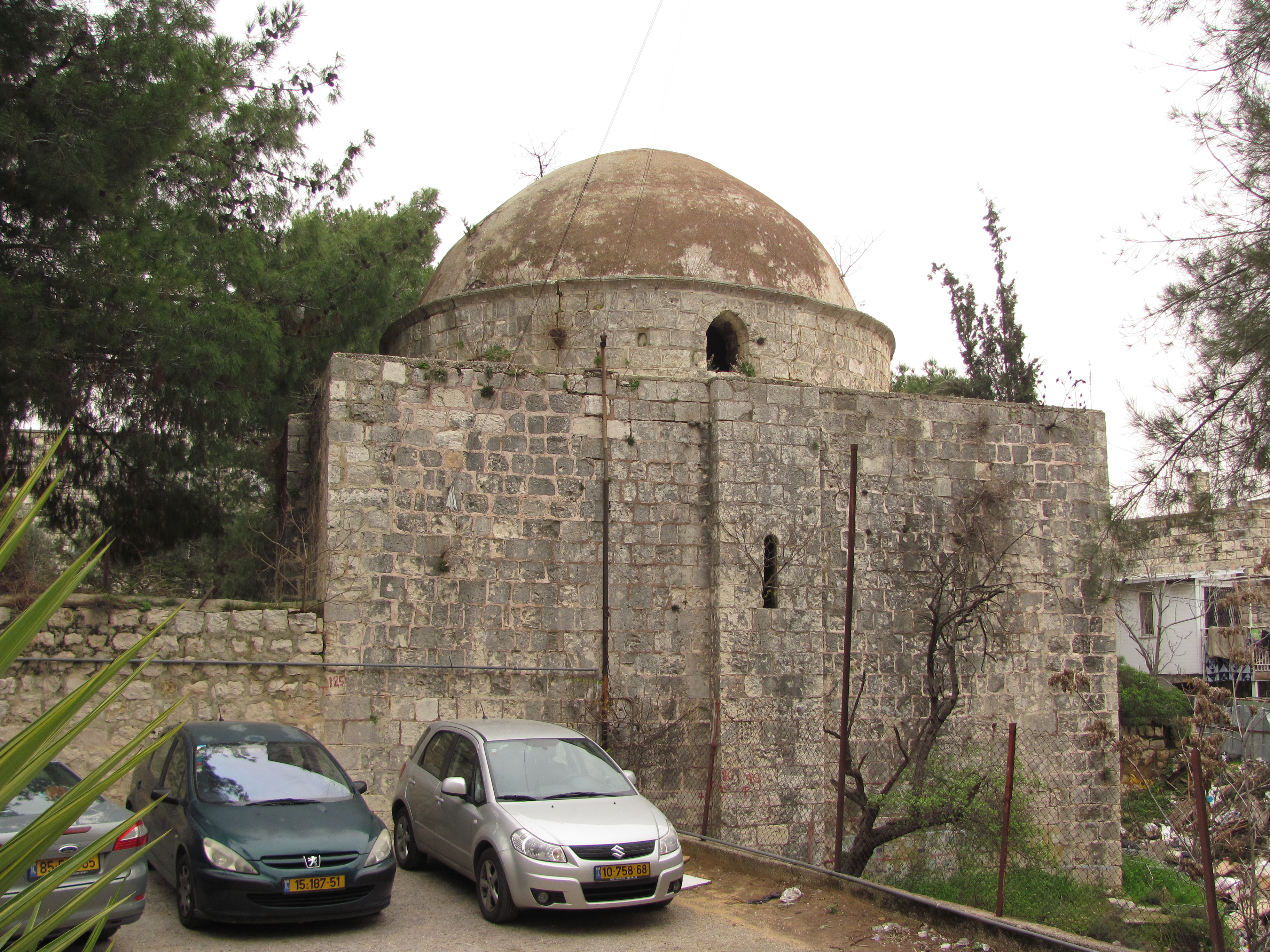Nebi Akasha Mosque on:
[Wikipedia]
[Google]
[Amazon]
The Nebi Akasha Mosque ( ar, النبي عكاشة), also Okasha mosque or Ukasha mosque, is an historic mosque and 

 The tomb of
The tomb of
maqam
MAQAM is a US-based production company specializing in Arabic and Middle Eastern media. The company was established by a small group of Arabic music and culture lovers, later becoming a division of 3B Media Inc. "MAQAM" is an Arabic word meaning a ...
on Straus Street in western Jerusalem
Jerusalem (; he, יְרוּשָׁלַיִם ; ar, القُدس ) (combining the Biblical and common usage Arabic names); grc, Ἱερουσαλήμ/Ἰεροσόλυμα, Hierousalḗm/Hierosóluma; hy, Երուսաղեմ, Erusałēm. i ...
, north of the Old City.

History

 The tomb of
The tomb of Ukasha ibn al-Mihsan
Ukasha ibn Mihsan ( ar, عكاشة بن محصن) was one of the companions of the Islamic prophet, Muhammad, he participated in the Nakhla Raid during Muhammad's era.MubarakpuriThe Sealed Nectar (Free Version) p. 129 He also participated in the E ...
, a companion of the Islamic prophet Muhammad
Muhammad ( ar, مُحَمَّد; 570 – 8 June 632 Common Era, CE) was an Arab religious, social, and political leader and the founder of Islam. According to Muhammad in Islam, Islamic doctrine, he was a prophet Divine inspiration, di ...
who settled in Jerusalem
Jerusalem (; he, יְרוּשָׁלַיִם ; ar, القُدس ) (combining the Biblical and common usage Arabic names); grc, Ἱερουσαλήμ/Ἰεροσόλυμα, Hierousalḗm/Hierosóluma; hy, Երուսաղեմ, Erusałēm. i ...
following the siege of Jerusalem in 637/38, was built in the 12th century CE. According to Islamic tradition, Saladin
Yusuf ibn Ayyub ibn Shadi () ( – 4 March 1193), commonly known by the epithet Saladin,, ; ku, سهلاحهدین, ; was the founder of the Ayyubid dynasty. Hailing from an ethnic Kurdish family, he was the first of both Egypt and ...
's soldiers were buried at the site; it became known as the “Tomb of the Martyrs”. Additions were made to the tomb by the Mamluk
Mamluk ( ar, مملوك, mamlūk (singular), , ''mamālīk'' (plural), translated as "one who is owned", meaning " slave", also transliterated as ''Mameluke'', ''mamluq'', ''mamluke'', ''mameluk'', ''mameluke'', ''mamaluke'', or ''marmeluke'') ...
s in the 13th-century. There is also a tradition that Moses, Jesus and Muhammad were buried here, leading the British High Commissioner John Chancellor to name the nearby street Street of the Prophets.
Over a 70-year period in the 1800s, the hill on which the tomb stands was used as a meeting place by students of the Vilna Gaon
Elijah ben Solomon Zalman, ( he , ר' אליהו בן שלמה זלמן ''Rabbi Eliyahu ben Shlomo Zalman'') known as the Vilna Gaon (Yiddish: דער װילנער גאון ''Der Vilner Gaon'', pl, Gaon z Wilna, lt, Vilniaus Gaonas) or Elijah of ...
. These Jews rented the hill from its Arab owners and gathered for study and Friday-night prayers in a tent, joined by local Ashkenazi
Ashkenazi Jews ( ; he, יְהוּדֵי אַשְׁכְּנַז, translit=Yehudei Ashkenaz, ; yi, אַשכּנזישע ייִדן, Ashkenazishe Yidn), also known as Ashkenazic Jews or ''Ashkenazim'',, Ashkenazi Hebrew pronunciation: , singu ...
and Sephardi
Sephardic (or Sephardi) Jews (, ; lad, Djudíos Sefardíes), also ''Sepharadim'' , Modern Hebrew: ''Sfaradim'', Tiberian Hebrew, Tiberian: Səp̄āraddîm, also , ''Ye'hude Sepharad'', lit. "The Jews of Spain", es, Judíos sefardíes (or ), ...
kabbalists
Kabbalah ( he, קַבָּלָה ''Qabbālā'', literally "reception, tradition") is an esoteric method, discipline and school of thought in Jewish mysticism. A traditional Kabbalist is called a Mekubbal ( ''Məqūbbāl'' "receiver"). The defin ...
. In the late 19th century, an almost entirely Jewish neighborhood called Ukasha in the Ottoman census lists developed around the tomb with the Jewish housing estates of Sha'arey Moshe or the Wittenberg Houses (called the Waytenberk neighborhood in the Ottoman census) founded in 1885, Even Yehoshua founded in 1891, and Kolel Varsha (called the Rabi Daud neighborhood in the Ottoman census) founded in 1897.
A mosque was built beside the tomb in the 19th century.
20th century
On 26 August 1929, during the1929 Palestine riots
The 1929 Palestine riots, Buraq Uprising ( ar, ثورة البراق, ) or the Events of 1929 ( he, מאורעות תרפ"ט, , ''lit.'' Events of 5689 Anno Mundi), was a series of demonstrations and riots in late August 1929 in which a longst ...
, the mosque was attacked by a group of Jews. The mosque was badly damaged and the tombs were desecrated
Desecration is the act of depriving something of its sacred character, or the disrespectful, contemptuous, or destructive treatment of that which is held to be sacred or holy by a group or individual.
Detail
Many consider acts of desecration to ...
. As a result of the Palestinian Arab
Palestinians ( ar, الفلسطينيون, ; he, פָלַסְטִינִים, ) or Palestinian people ( ar, الشعب الفلسطيني, label=none, ), also referred to as Palestinian Arabs ( ar, الفلسطينيين العرب, label=non ...
exodus from western Jerusalem during the 1948 Arab–Israeli War
The 1948 (or First) Arab–Israeli War was the second and final stage of the 1948 Palestine war. It formally began following the end of the British Mandate for Palestine at midnight on 14 May 1948; the Israeli Declaration of Independence had ...
, the mosque was abandoned. Today it is located in the middle of a park in a Haredi
Haredi Judaism ( he, ', ; also spelled ''Charedi'' in English; plural ''Haredim'' or ''Charedim'') consists of groups within Orthodox Judaism that are characterized by their strict adherence to ''halakha'' (Jewish law) and traditions, in oppos ...
Jewish neighborhood. It is situated near the junction of Straus Street and the Street of the Prophets.
In December 2011 the mosque was defaced with graffiti
Graffiti (plural; singular ''graffiti'' or ''graffito'', the latter rarely used except in archeology) is art that is written, painted or drawn on a wall or other surface, usually without permission and within public view. Graffiti ranges from s ...
by right-wing extremists who tried to set fire to it in a price tag attack. The mosque is inactive and the Jerusalem Municipality
The Jerusalem Municipality ( he, עיריית ירושלים; Iriyat yerushalayim), the seat of the Israeli municipal administration, consists of a number of buildings located on Jaffa Road in the city of Jerusalem.
History
British Mandate ...
uses it as a storage room.
Inscription
The tomb includes the following inscription: ar, لا اله الا الله ومحمد رسول الله، هذا ضريح سيدنا عكاشة صحابي رسول الله، (translation: There is no God but Allah ِand Muhammad is the Messenger of Allah, this is the shrine of our master Akasha, the companion of the Messenger of Allah). The tomb includes a date: ar, ١٢٨٠ (1280 AH, or 1863 CE), which was the date of the reconstruction of the tomb.See also
*Expedition of Ukasha bin Al-Mihsan
The Expedition of Ukasha bin Al-Mihsan was the 2nd raid on the Banu Assad bin Qhuzayma tribe, which took place in August, 627AD in 3rd month of, 6AH of the Islamic calendar.Note: Book contains a list of battles of Muhammad in Arabic, English trans ...
* Expedition of Ukasha bin Al-Mihsan (Udhrah and Baliy)
References
Bibliography
* * *Further reading
* {{Mosques in Israel 19th-century mosques Ayyubid architecture in the State of Palestine Islamic holy places Land of Israel Mosques in Jerusalem Shrines in Jerusalem Ayyubid architecture in Israel 12th-century establishments in the Ayyubid Sultanate